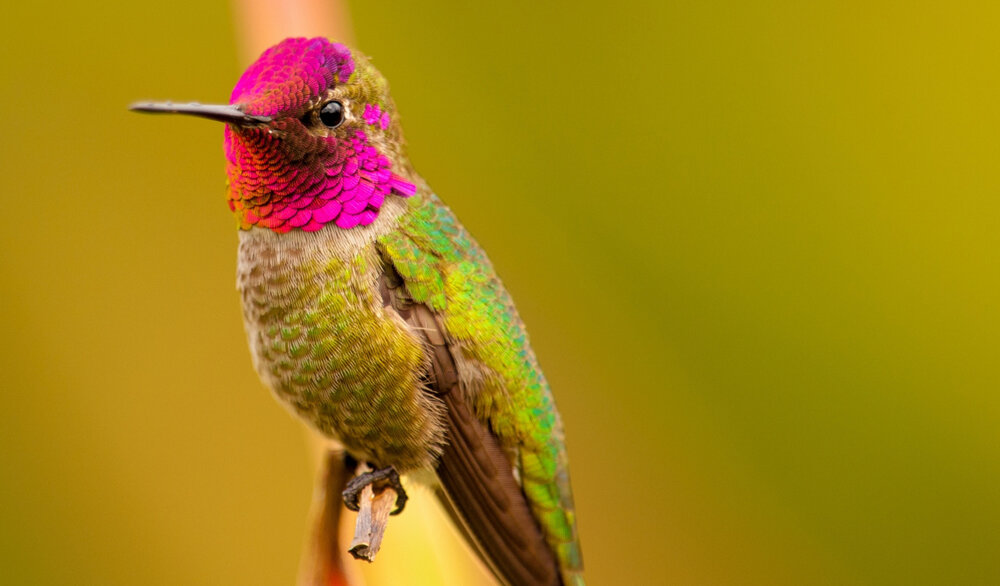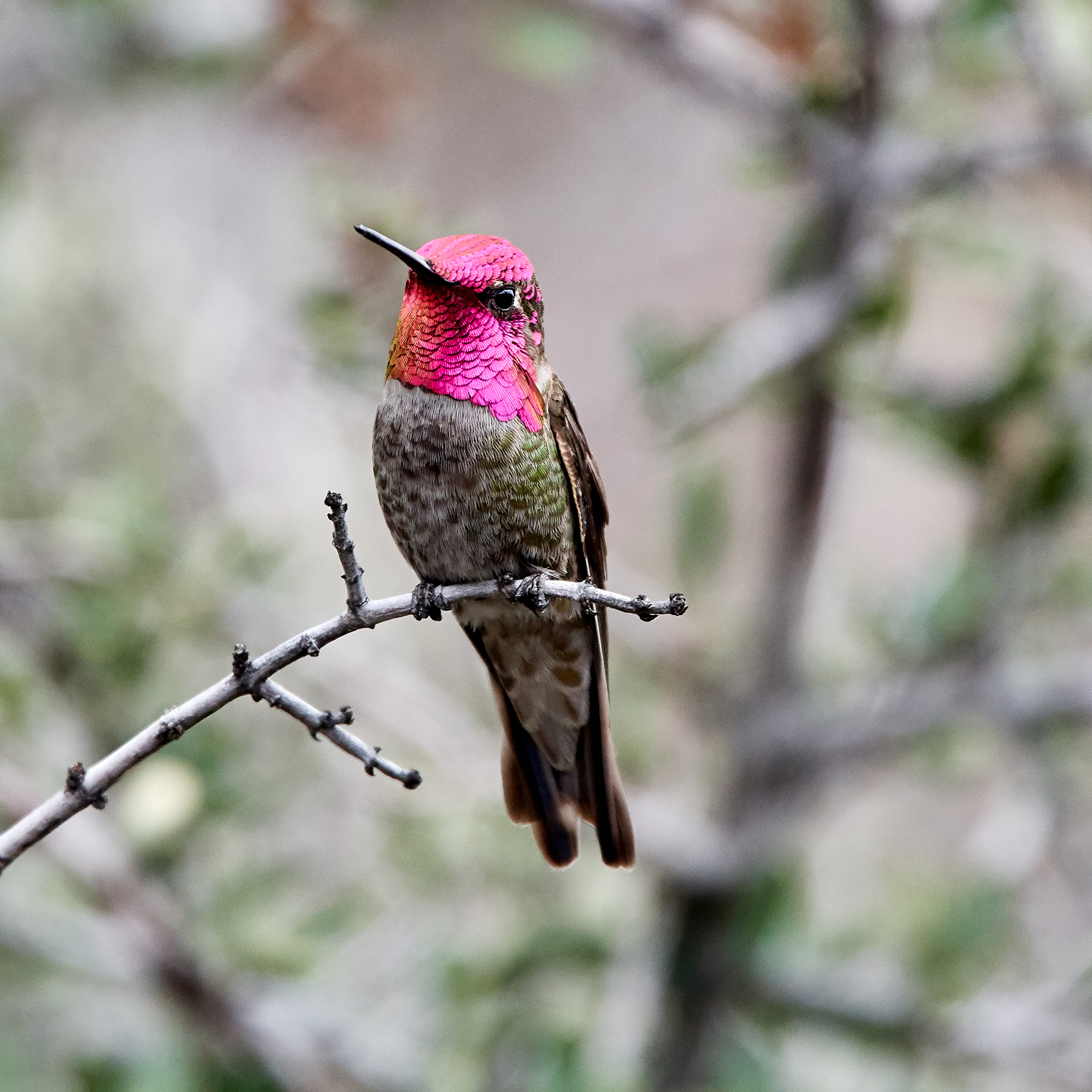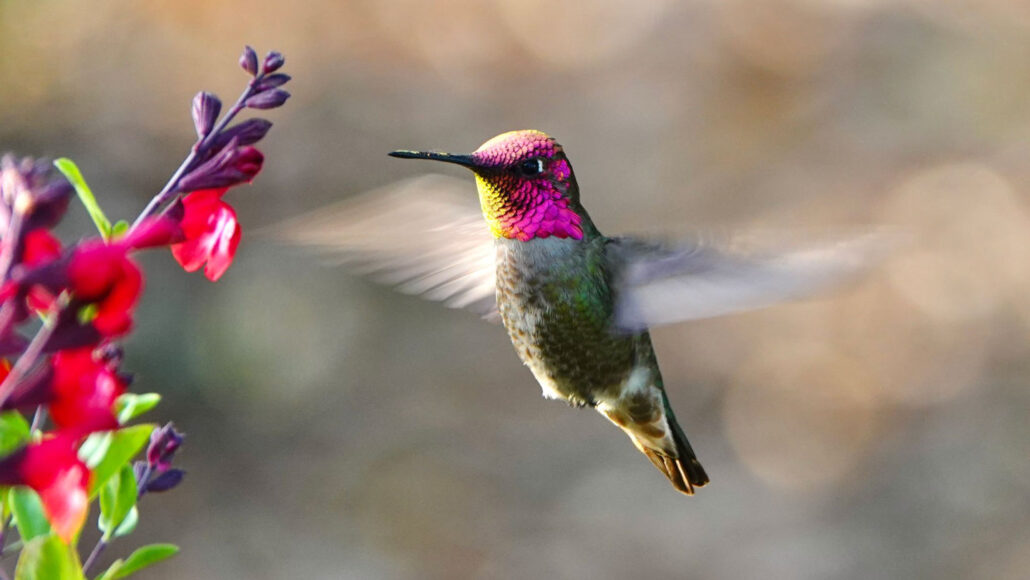In the realm of avian wonders, the Anna’s hummingbird (Calypte anna) stands as a captivating spectacle, enchanting bird enthusiasts worldwide with its stunning hues and impressive feats of aerial agility. This diminutive creature, native to the western coasts of North America, has truly earned its place as one of nature’s most remarkable aviators.


This tiny marvel of nature exhibits an unparalleled repertoire of mid-air acrobatics. Hovering effortlessly in place, flying backward with finesse, and executing gravity-defying mid-air dives are all within its repertoire. The Anna’s hummingbird’s remarkable flight abilities are a testament to the intricate adaptations that enable it to navigate the skies with such grace and precision.

The Range of the Anna’s Hummingbird
Stretching along the western coastal expanse of North America, from the southern reaches of Alaska to Mexico’s Baja California, the Anna’s hummingbird has carved out its territory. Its remarkable adaptability allows it to thrive even in human-altered landscapes, often gracing gardens, parks, and urban settings where flowers and feeders offer an abundant supply of nectar.


Intricate Courtship and Captivating Sounds
The Anna’s hummingbird’s courtship rituals are nothing short of extraordinary. Males engage in dramatic aerial displays, ascending to great heights before swiftly diving, their rapidly beating wings producing a distinctive buzzing sound. These mesmerizing performances serve a dual purpose: to impress potential mates with their prowess and to ward off competing males. Competitive aerial battles are not uncommon as they strive to secure both territory and companionship.
 Nesting Wonders
Nesting WondersThe nesting behavior of Anna’s hummingbirds adds another layer of intrigue to their captivating story. Meticulously weaving together plant fibers, spider silk, and feathers, the female constructs a cozy and well-insulated nest. These architectural wonders are often concealed in hidden spots such as tree branches or shrubs, providing a safe haven for eggs and hatchlings away from predators. The female diligently incubates the eggs and nurtures the fledglings until they are ready to venture out on their own, a process that takes approximately three weeks.
In the world of ornithology, the Anna’s hummingbird shines as a true marvel, a tiny aviator armed with remarkable adaptations and behaviors that paint a vivid picture of the wonders of the natural world. Its vibrant presence and extraordinary abilities serve as a captivating reminder of the intricate beauty that thrives within the delicate balance of ecosystems.



